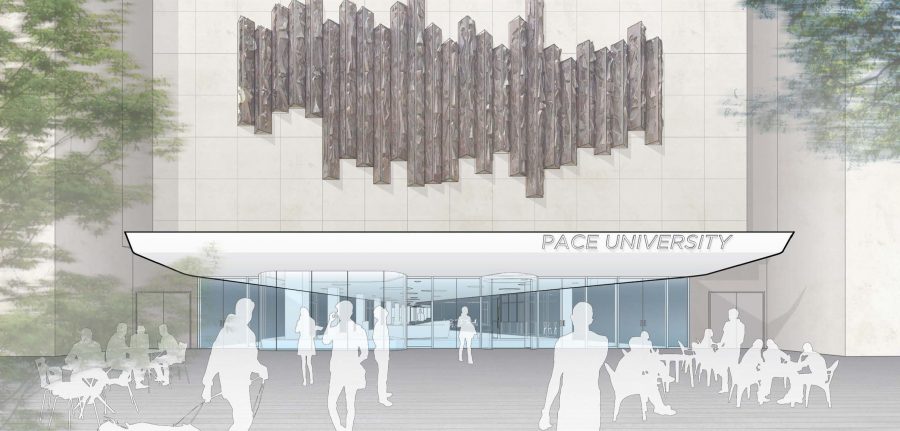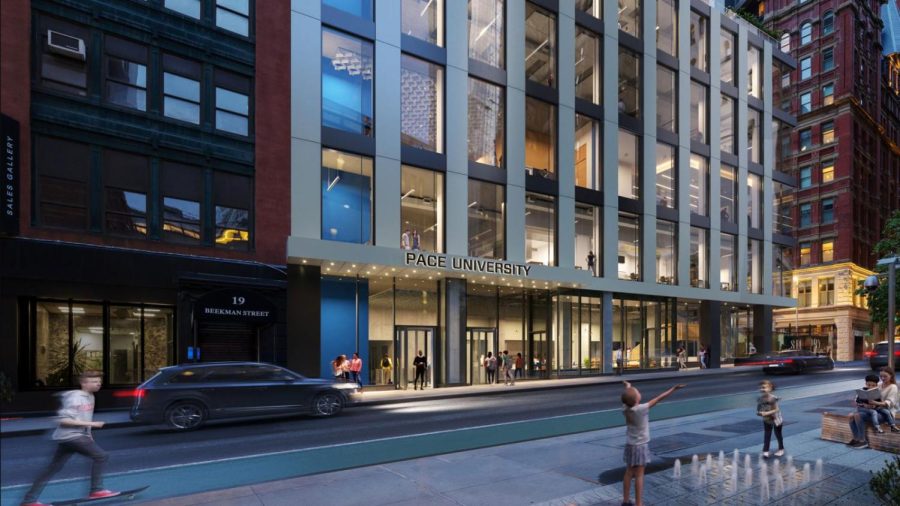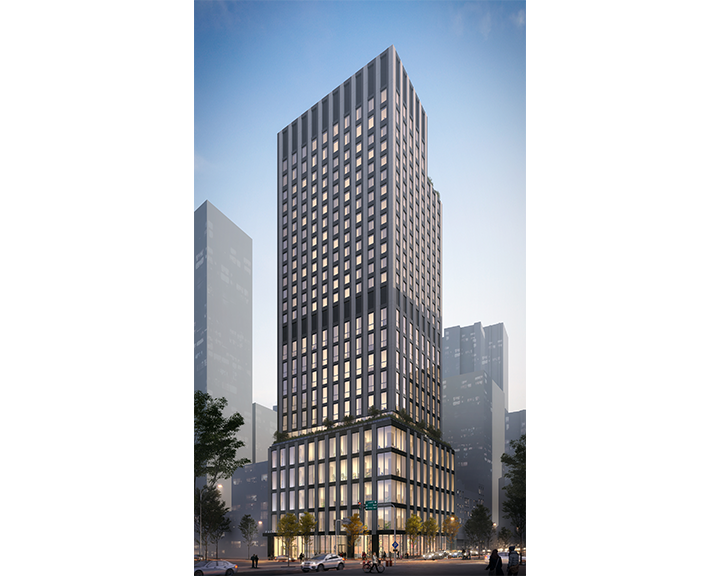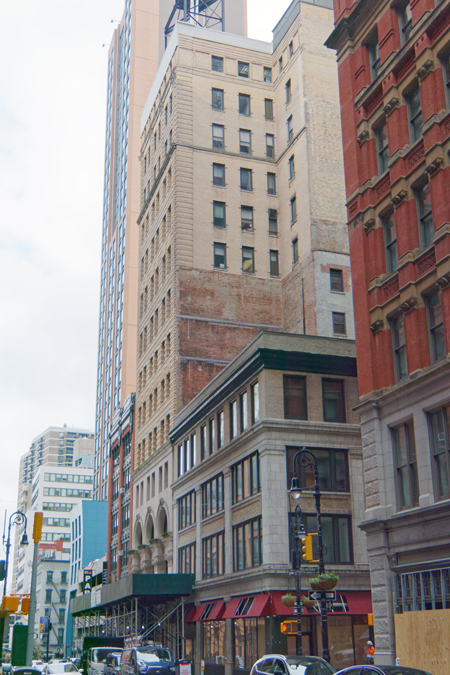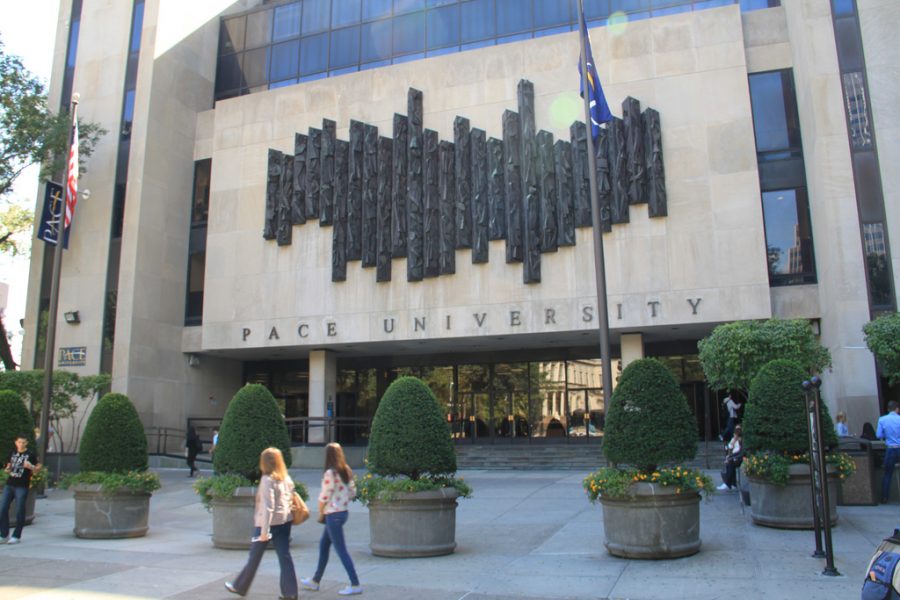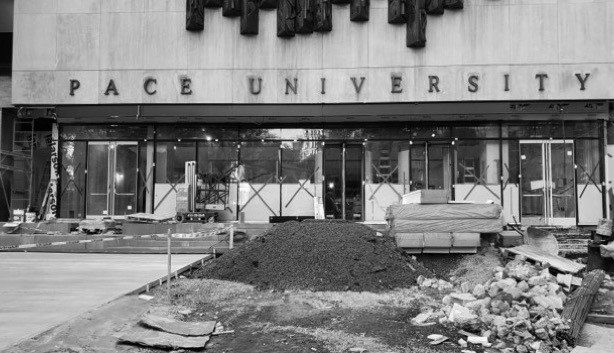In Dec. 2015, the University retained the services of an architecture firm called FXFOWLE to begin drafting plans for substantial renovations.Those drafts were developed into a master plan that took into account the needs of students and faculty, particularly the need for new student spaces.
FXFOWLE previously worked on renovations for The Juilliard School of Dance, Drama, and Music at Lincoln Center, as well as the Statue of Liberty Museum and other buildings around New York City. Hoping to have as little disruption as possible during the process, the University is confident in FXFOWLE’s services, particularly because while they were Juilliard’s classroom buildings were able to remain open during renovations.
The question that arises with any construction, anywhere, at any place, is how the people using the facilities will be impacted — if at all. In the case of the University, the administration has made minimal disruption a priority during the first phase of construction, which includes the B-level and first floor of One Pace Plaza. Jean Gallagher, Vice President of Strategic Initiatives, says, “We expect the classrooms to stay put. Part of what we ask the architects and construction managers to do when they look at the plan is to recognize that we have laboratories and classrooms one, two, floors above the construction zone and part of what we paid for is vibration monitors to make sure that we have to look at not just from what a residential building would, but because we have scientific equipment we have to look at that.”
As Gallagher stated, working on a construction project at a University requires attention to details not otherwise relevant in residential construction. She also notes, “We seek every way possible to minimize disruptions to classes because it’s not as if we have another place to send you.” A unique aspect of renovating a University is that classes cannot be put on hold or stopped temporarily. Construction must continue while also ensuring student life moves forward as normally as possible. Though Gallagher says the administration cannot promise there will be no disruptions, such as louder-than-usual external noise, or certain areas temporarily being moved around, she makes note of the University’s commitment to continue with as little disruption as possible.
Since the master plan is still in early stages, it is unclear where classrooms, departments, and entrances will be moved. However, not all department moves will remain permanent. Some will only be temporary to accommodate the construction while others will be permanent changes that are part of the master plan itself. Others are still up in the air.
OSA and Financial Aid, for example, will be temporarily moved to the B-Level during construction, and a permanent space is still being discussed. Advisors on the master plan want a space that is still close to campus, but not to take up “prime space” for administrative functions that could be used for student spaces. For large events, such as orientation or sorority recruitments, the gym will be used temporarily in place of the B-level. The front of One Pace Plaza, which is now used as the main entrance, will also not always be accessible once construction begins. Students should be prepared to be rerouted through Spruce Street. The administration stresses, however, they will have clear signage to minimize confusion and make it clear where departments, classes, and entrances have been moved.

